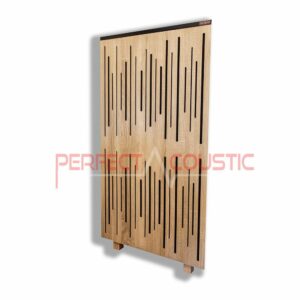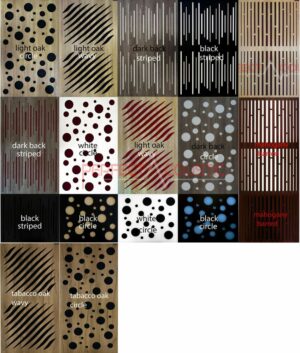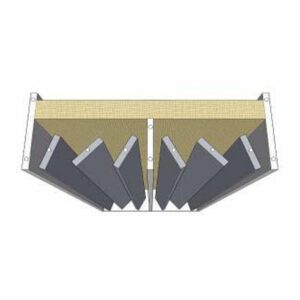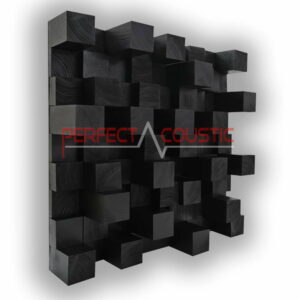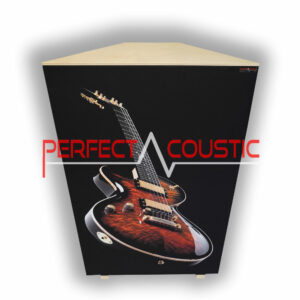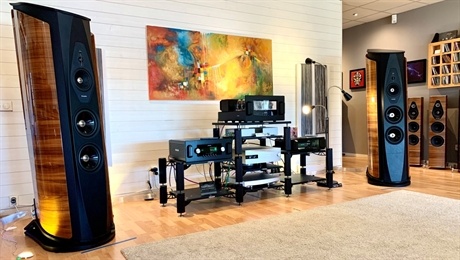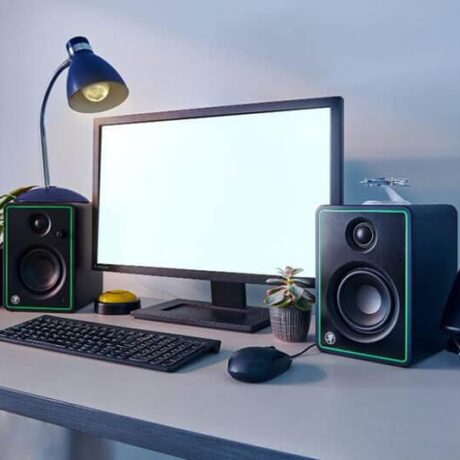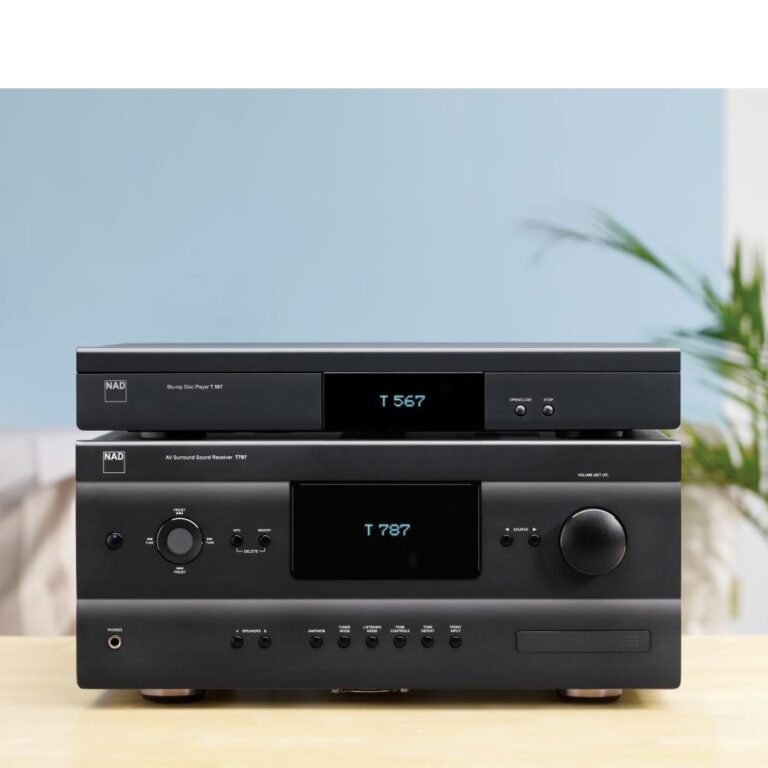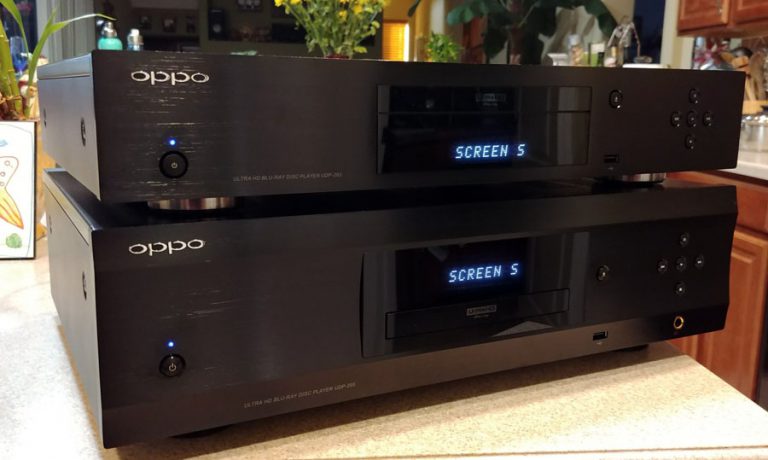Onkyo TX-SR393 Amplifier Review
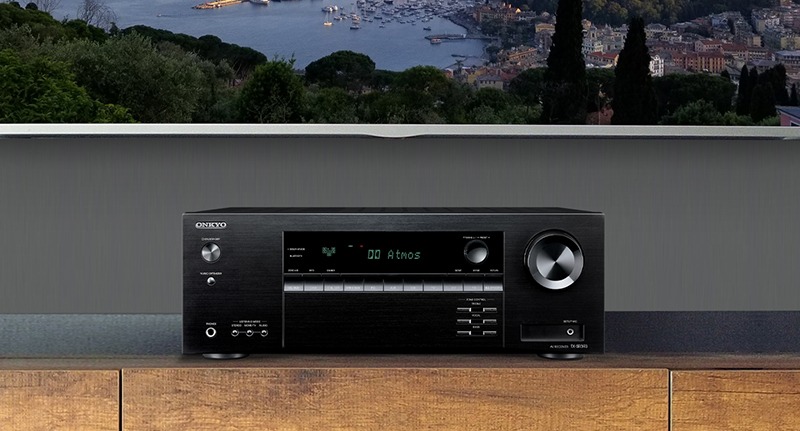
The Japanese company Onkyo was incorporated by Osaka Denki Onkyo in 1946. Launched in 2019, the Onkyo TX-SR393 is an entry-level, affordable amplifier.
Let’s see what’s under the hood!
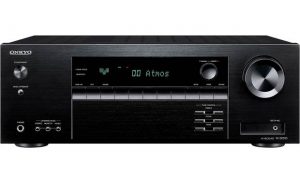
The nice brushed, rigid black aluminium interface of the small 8.2 kg audio device was to our liking. At the bottom is a microphone connector, concave-shaped power and volume control dials, 3 equalisers for treble and bass, AccuEQ measuring microphone input and music optimisation button. On the back there is Bluetooth, 4 HDMI inputs, 1 HDMI output (ARC), USB input, 5 audio inputs, 1 digital optical and coaxial, 2 for Zone B, and parallel subwoofer output. Speaker columns for the 2 front speakers and spring clips for the centre and rear speakers are also located on the rear panel. Unfortunately, these spring clips are not very stable, they easily lose contact. The small size of the amplifier makes it easy to move around, but care must be taken to position it as proper cooling must be ensured. The 5.2-channel AVR promises 155 watts of power per channel, but in reality this is only available at 6 Ohms, with 10% total distortion.
-
Sound traps with diffuser- If a good look is important146 € – 155 € +Vat
-
Flexi acoustic panel with adjustable wooden slats194 € – 287 € +Vat
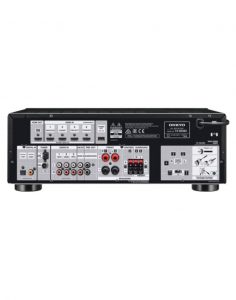
A separate, high-current analog amplifier system with a 4 Ohms drive. It can also convert Dolby TrueHD, DTS-HD Master Audio, HDCP 2.2, 4K / 60p video. DSD is not available via USB, only via HDMI. It has AM / FM antennas and a calibration microphone. It is also equipped with Vocal Enhancer, Advanced Music Optimiser, subwoofer EQ functions. The remote control is pretty cheap looking, gives the impression of plastic, but is easy to use. That’s pretty much all that is worth listing about Onkyo’s features.
Banzai!
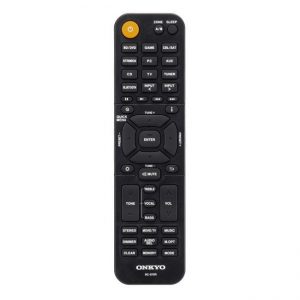
Unfortunately, we also need to mention the shortcomings. I really miss the built-in Chromecast, Wi-fi, Ethernet connectivity, no Phono input and no internet radio, Spotify, Deezer, Amazon Alexa… etc. available. In this price range, among the entry-level amplifiers, these shortcomings may still be excused. The menu system that appears after switching on the device is quite outdated, but it is easy to set up. Neither Audyssey Dynamic EQ nor Volume, instead Onkyo’s AccuEQ room acoustic optimisation system helps you adjust sounding. The AccuEQ can be adjusted in about 5 minutes, so there was no problem with time, but it setting the speaker crossovers took some time.
We started the tests with the 2019 movie The Irishman starring brilliant actor legend Robert De Niro. Since the amplifier is made in Japan, we have paired it with the Japanese brand speakers Yamaha HS5 monitors. We tested the device in a basement cinema room of a house in Budapest. The acoustic optimisation has already been started by the owner, but there was still room for improvements in this area. It turned out that diffuser panels were absolutely necessary to create ideal acoustics. The amplifier produced a surprisingly convincing sound. The basses were also in place and sounded loud enough. We experienced a detailed, spacious stage image. It was a pleasant surprise coming from such a small and less advanced sophisticated device.
We also screened the 2001 romantic American war movie Pearl Harbor in Blu-Ray quality. The Onkyo TX-SR393 amplifier performed well this time as well, we had clean, quite intense depths. The lifelike experience was further enhanced by the audio device, and it seemed as if the fighter jets were zigzagging over our heads.
To please the owner’s children, we also screened Frozen 2 animated family movie. The amplifier also reproduced the sounds of soundtracks and songs clearly and evenly. Sure, we’ve had a better and more perfect sound when testing other amplifiers (Anthem, Denon) before, but let’s not forget that Onkyo is much more affordable than those mid-range amps. The dialogues were clear, the melodies, music inserts, and sound effects were dynamic and balanced.
-
Skyline diffusers 60x60x14cm118 € +Vat
-
Decorative acoustic panels (corner bass)175 € +Vat
In summary
The Onkyo TX-SR393 entry-level amplifier came as a really pleasant surprise, despite the fact that it neglected many of the features that can be considered almost basic features of the more expensive amplifiers. If you are not deterred by puritanism and minimalist equipment, feel free to choose this device. The toroidal transformer would have come in handy, and cooling should be considered when placing the amplifier. The room acoustic optimisation system can be set up quickly, but the settings are not perfect at first attempt. The sound, on the other hand, is quite correct, the basses also sounded intense, we got a detailed, wide stage picture. Among the entry-level amplifiers, the Onkyo is a great and outstanding model, and the price is affordable.
G.H.

